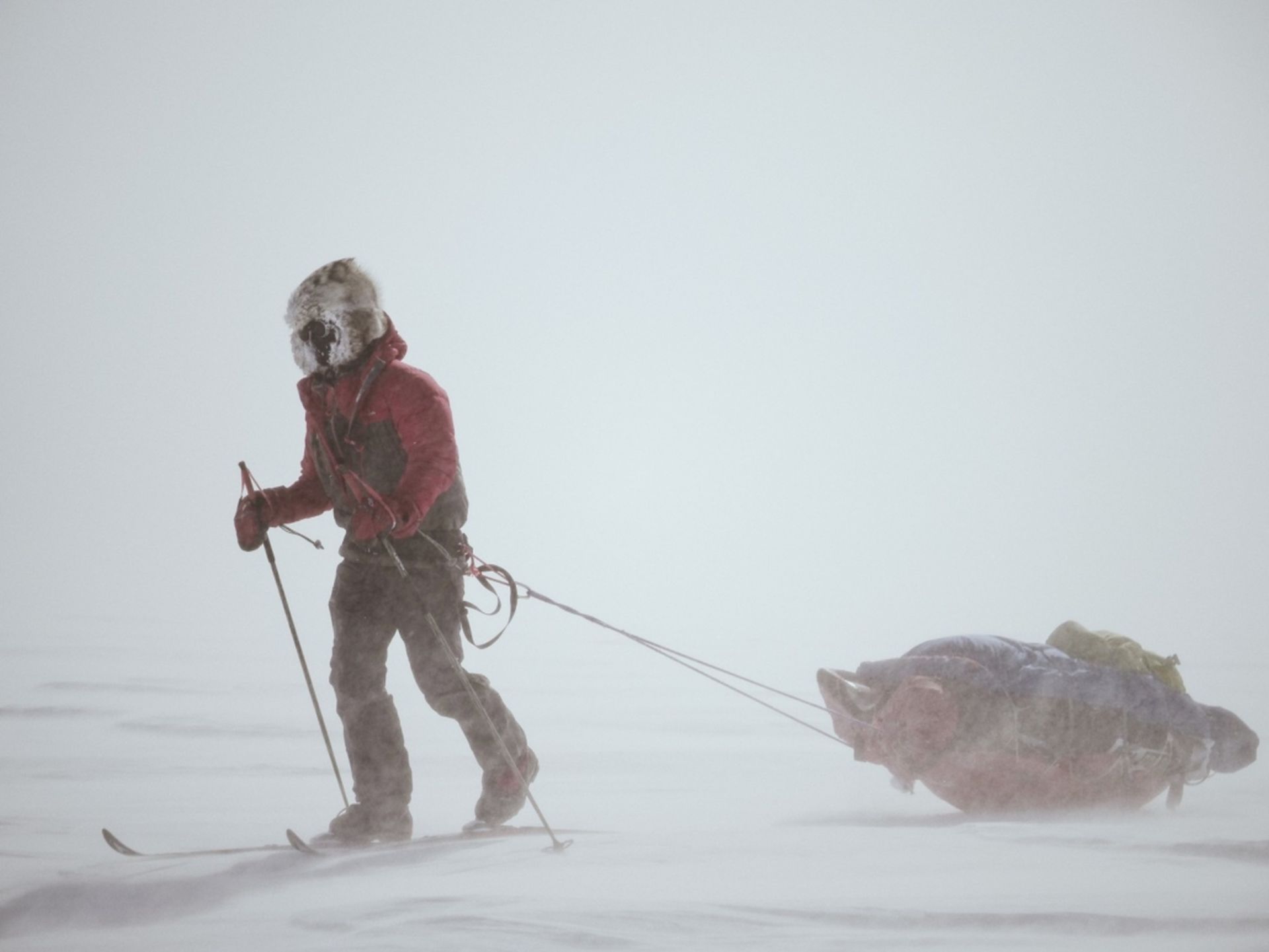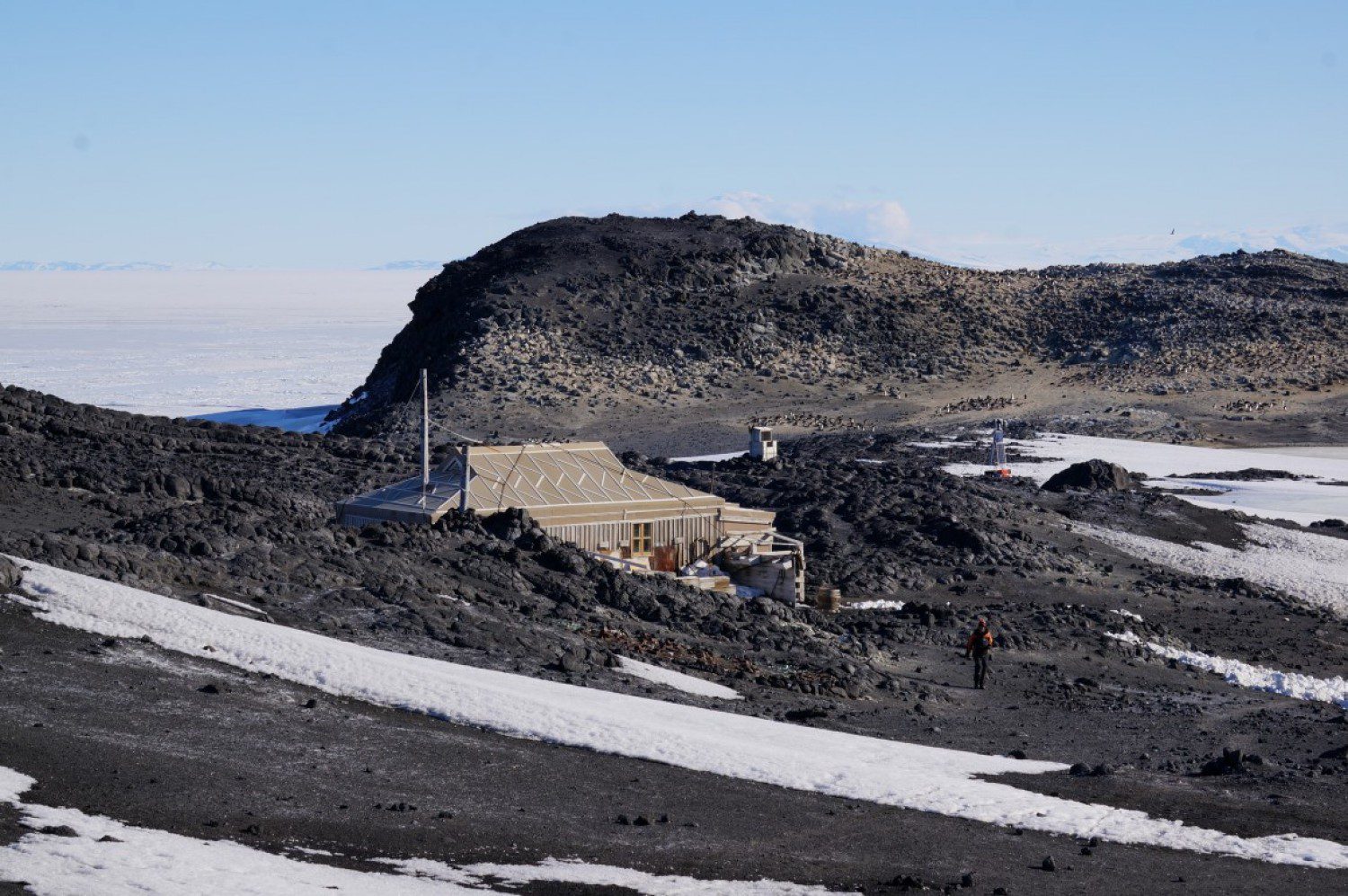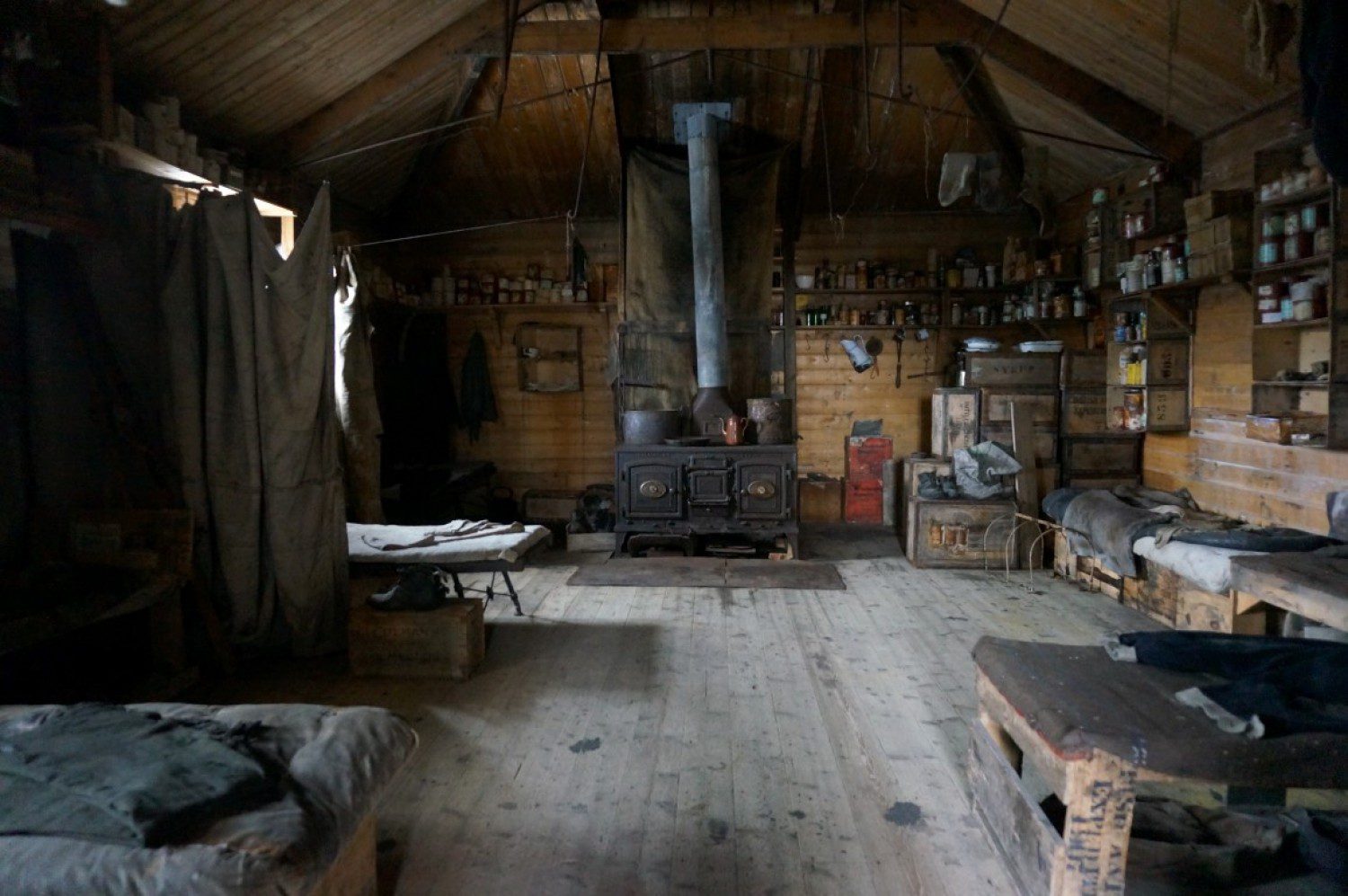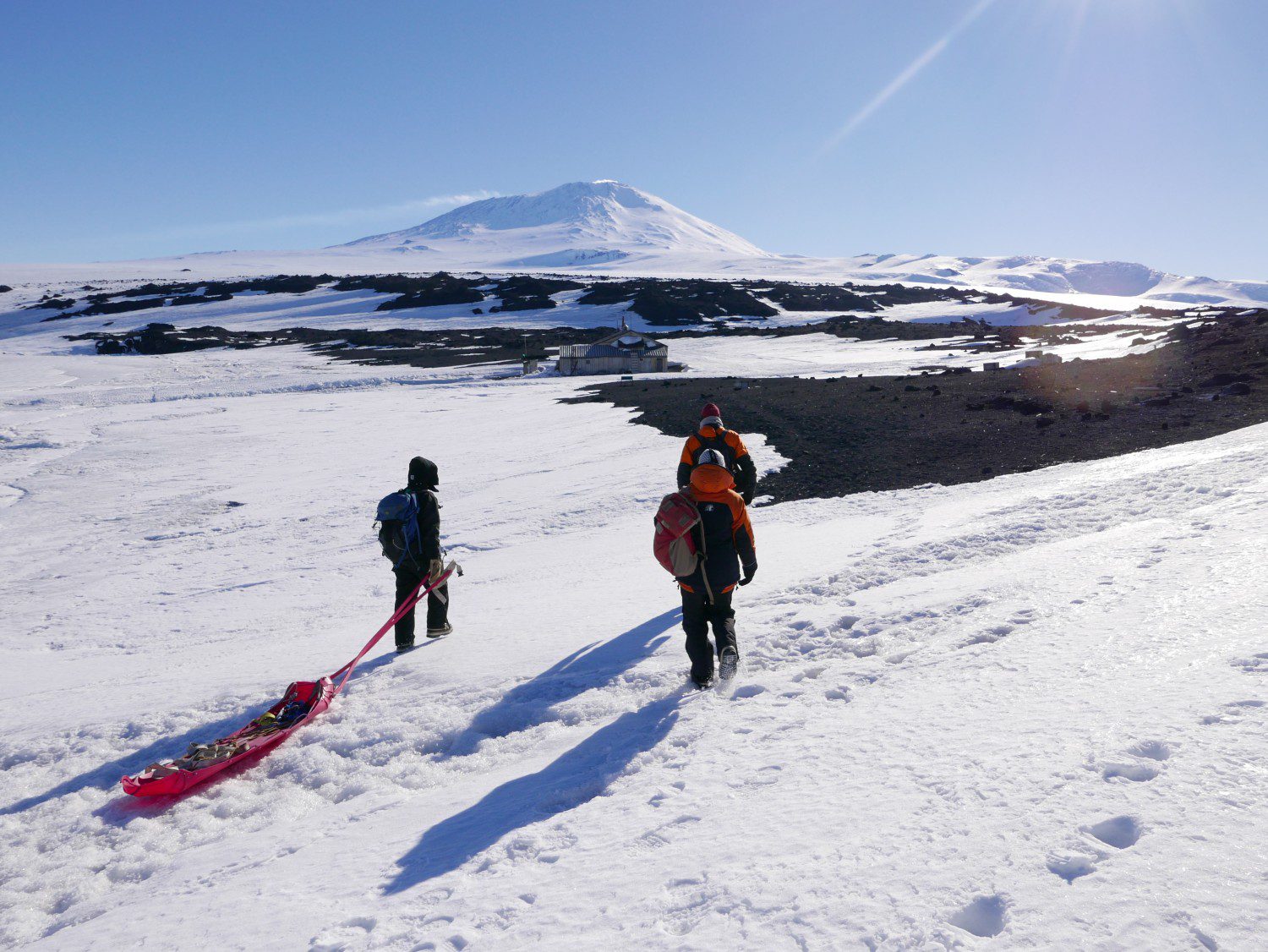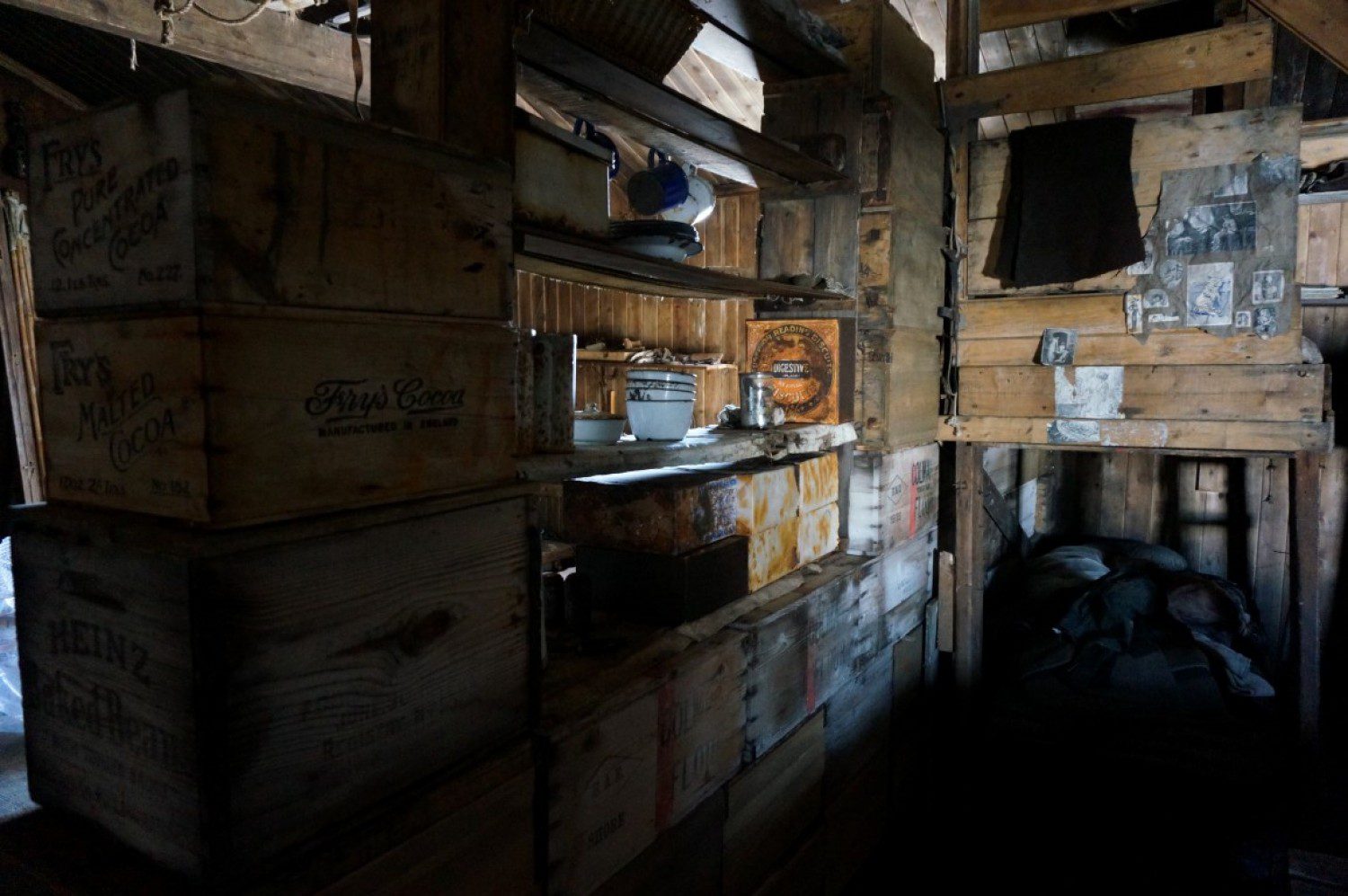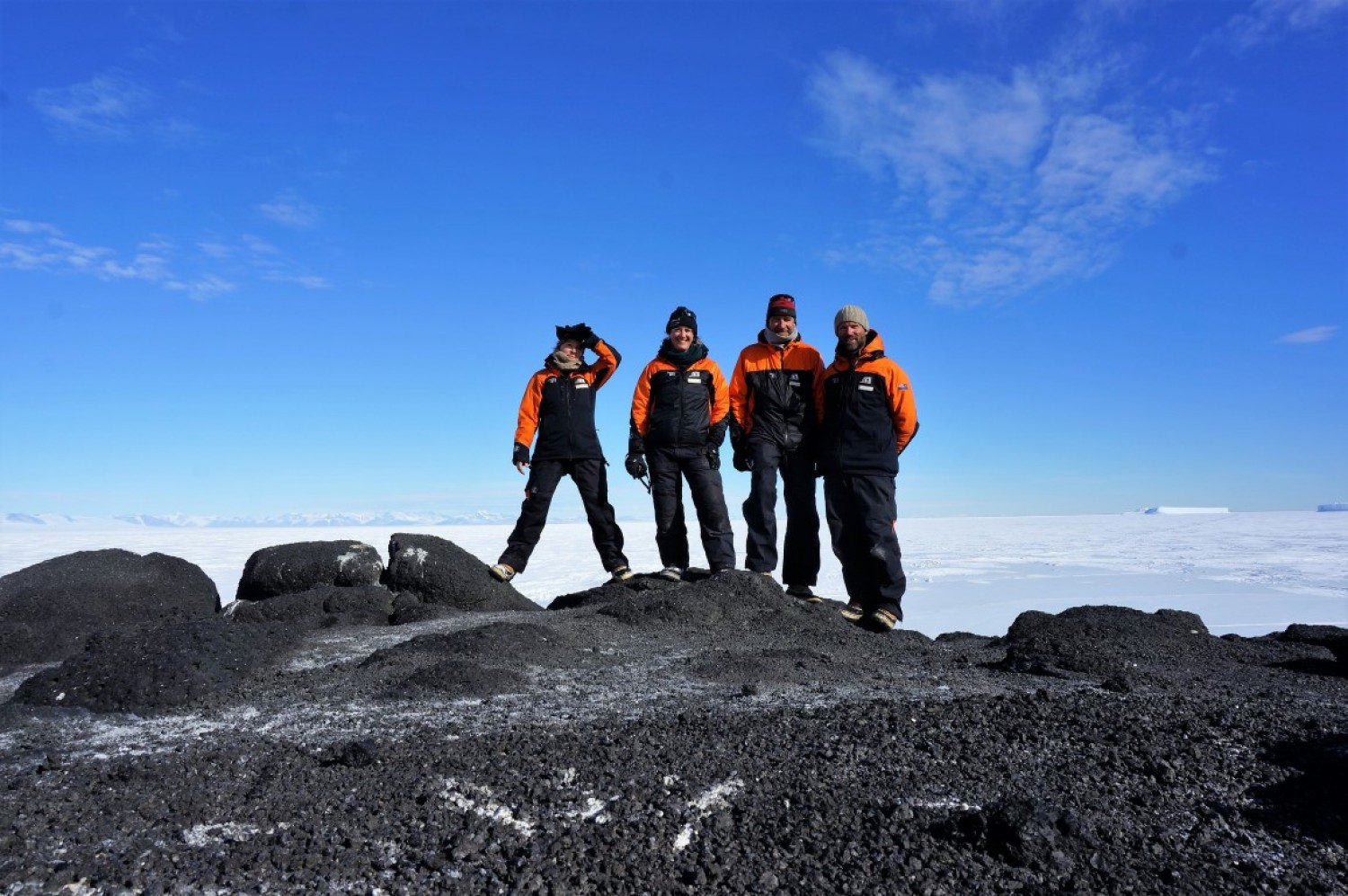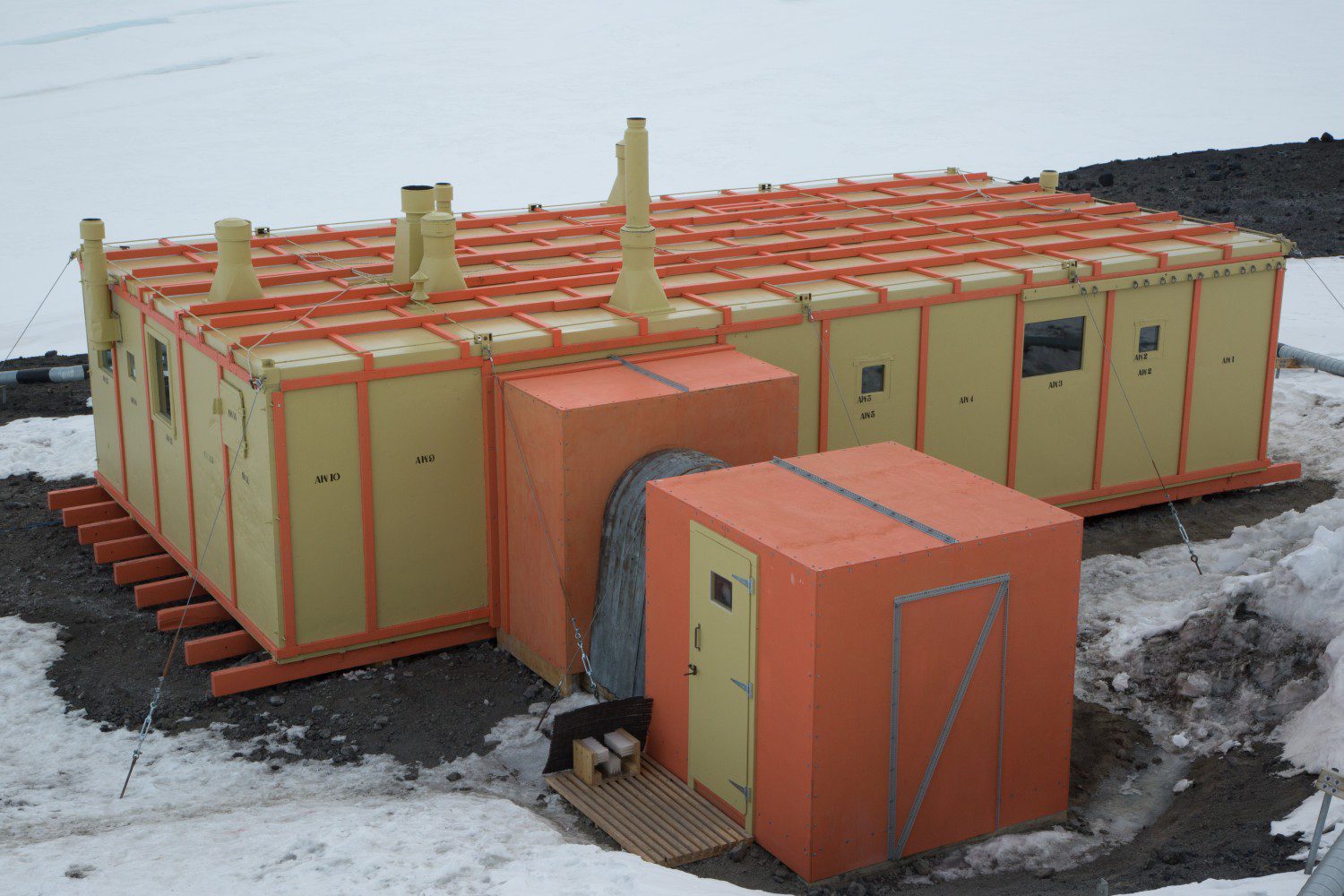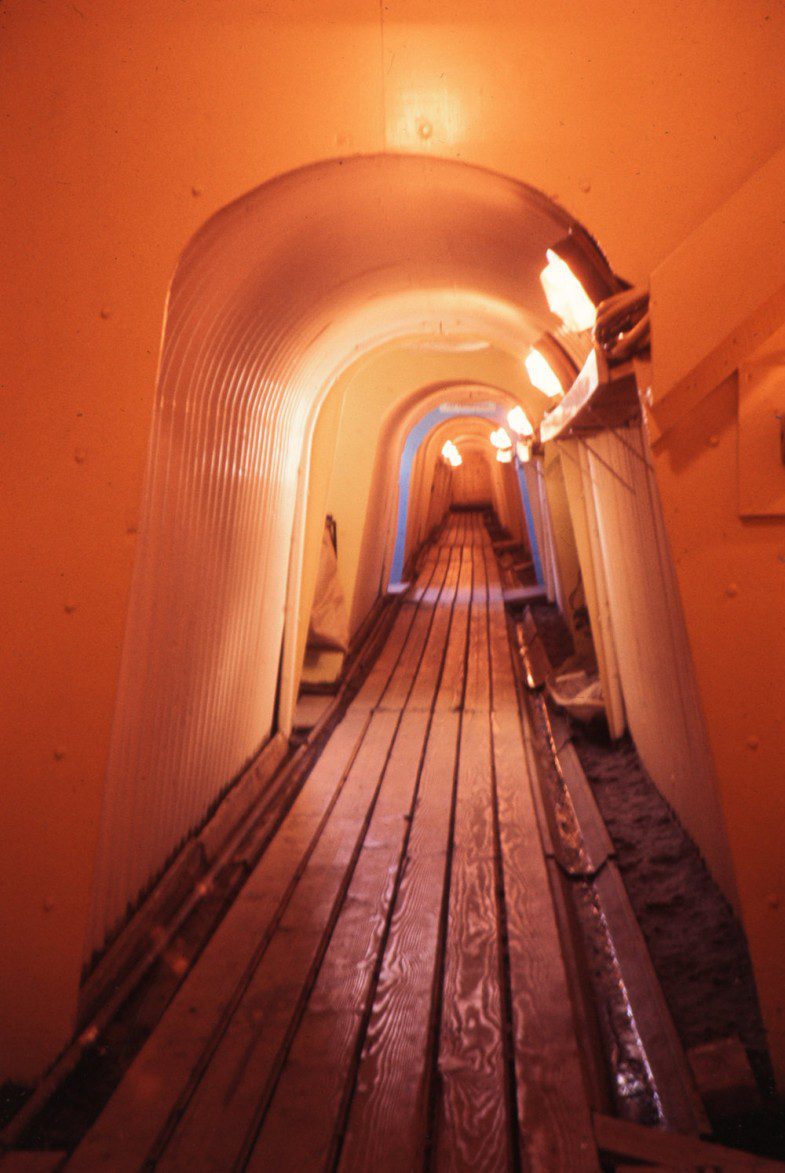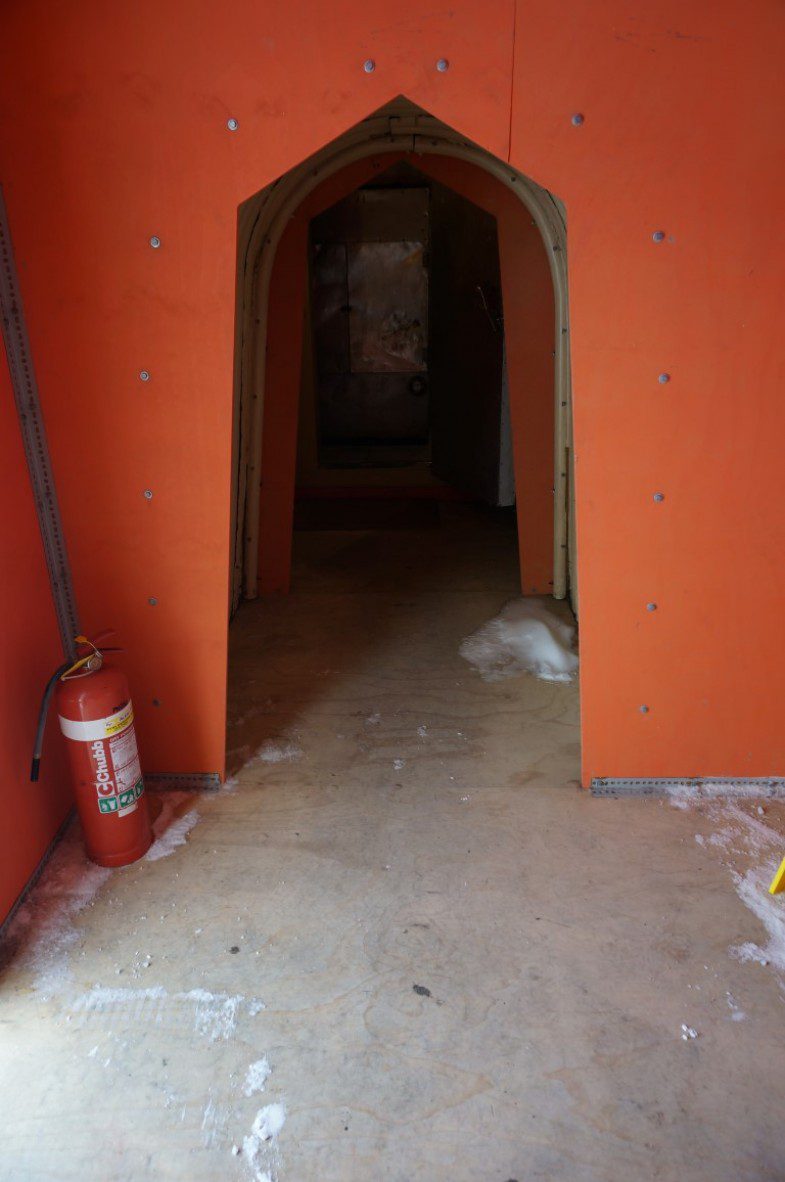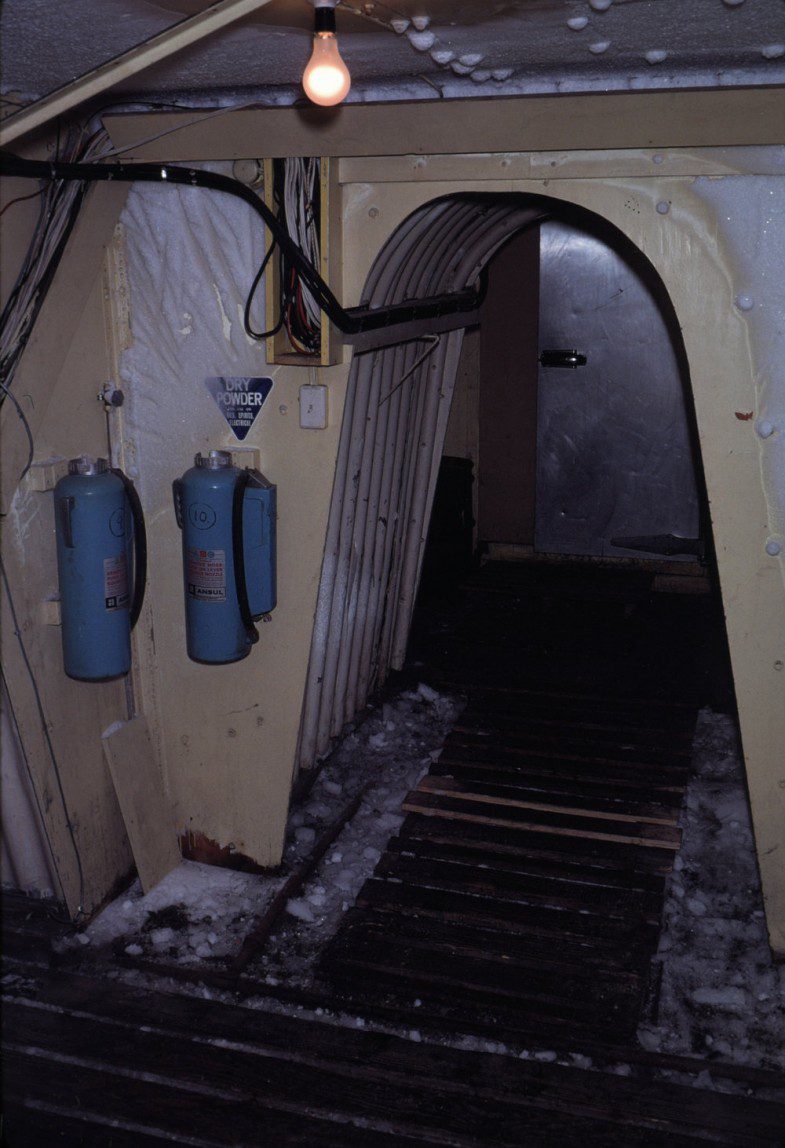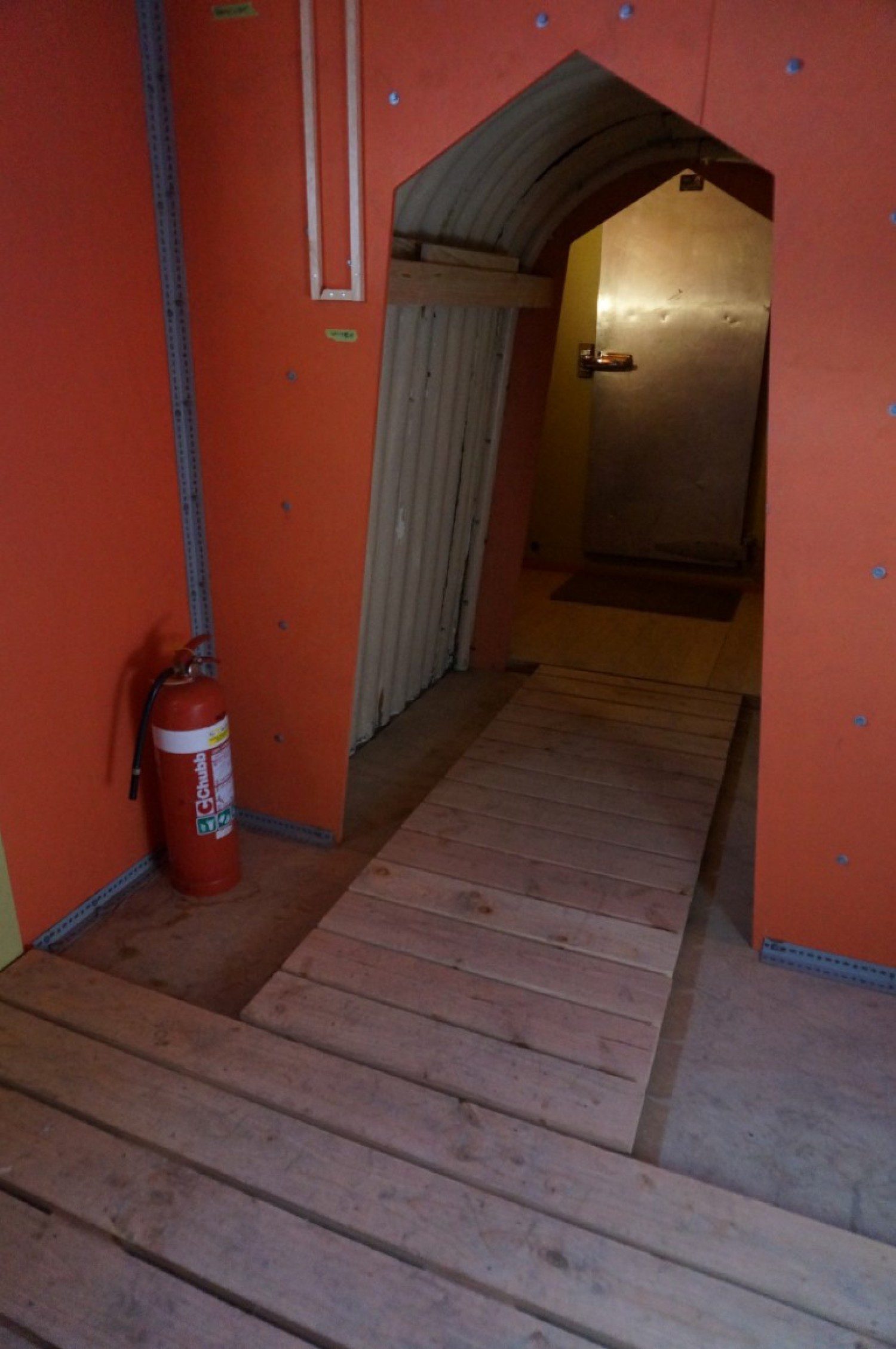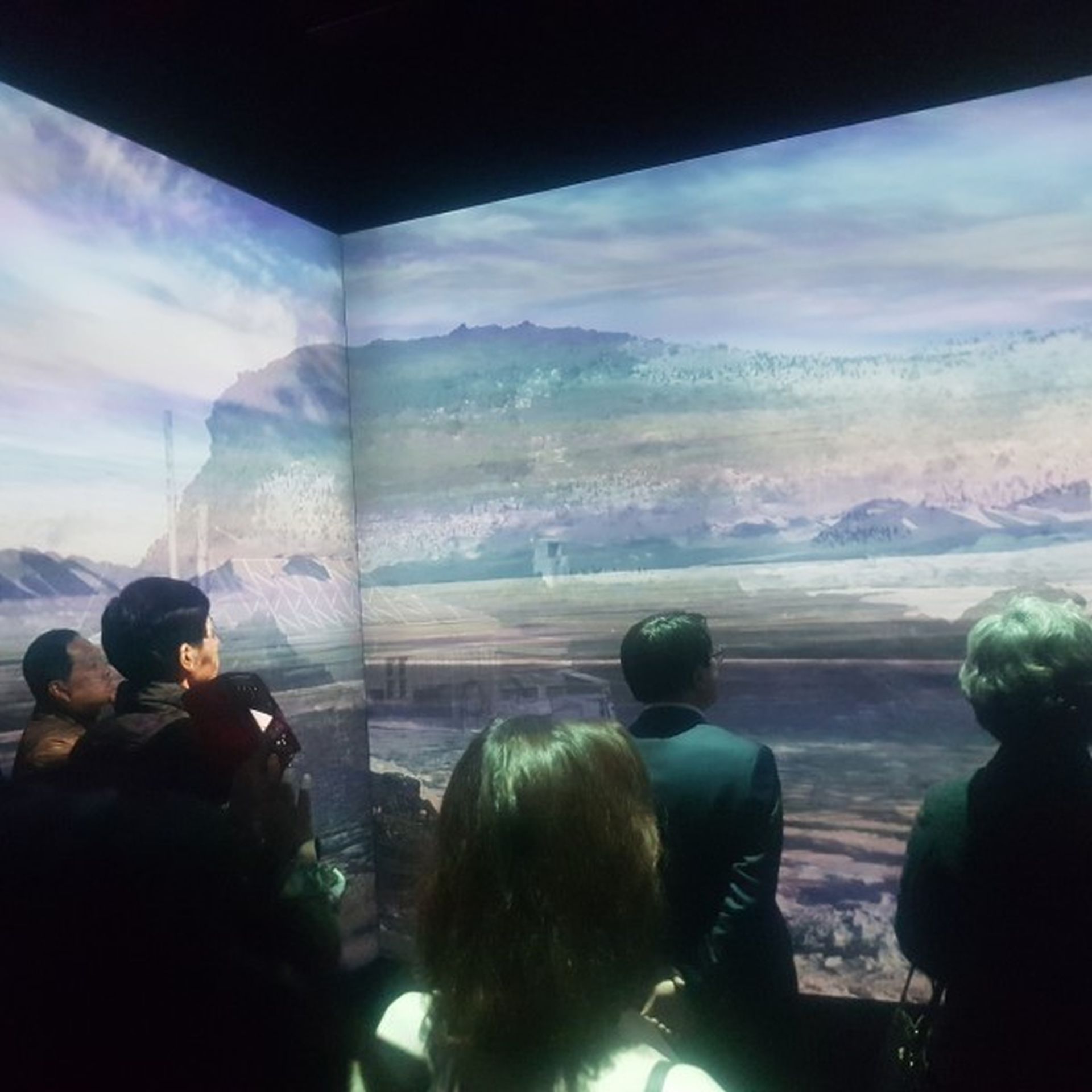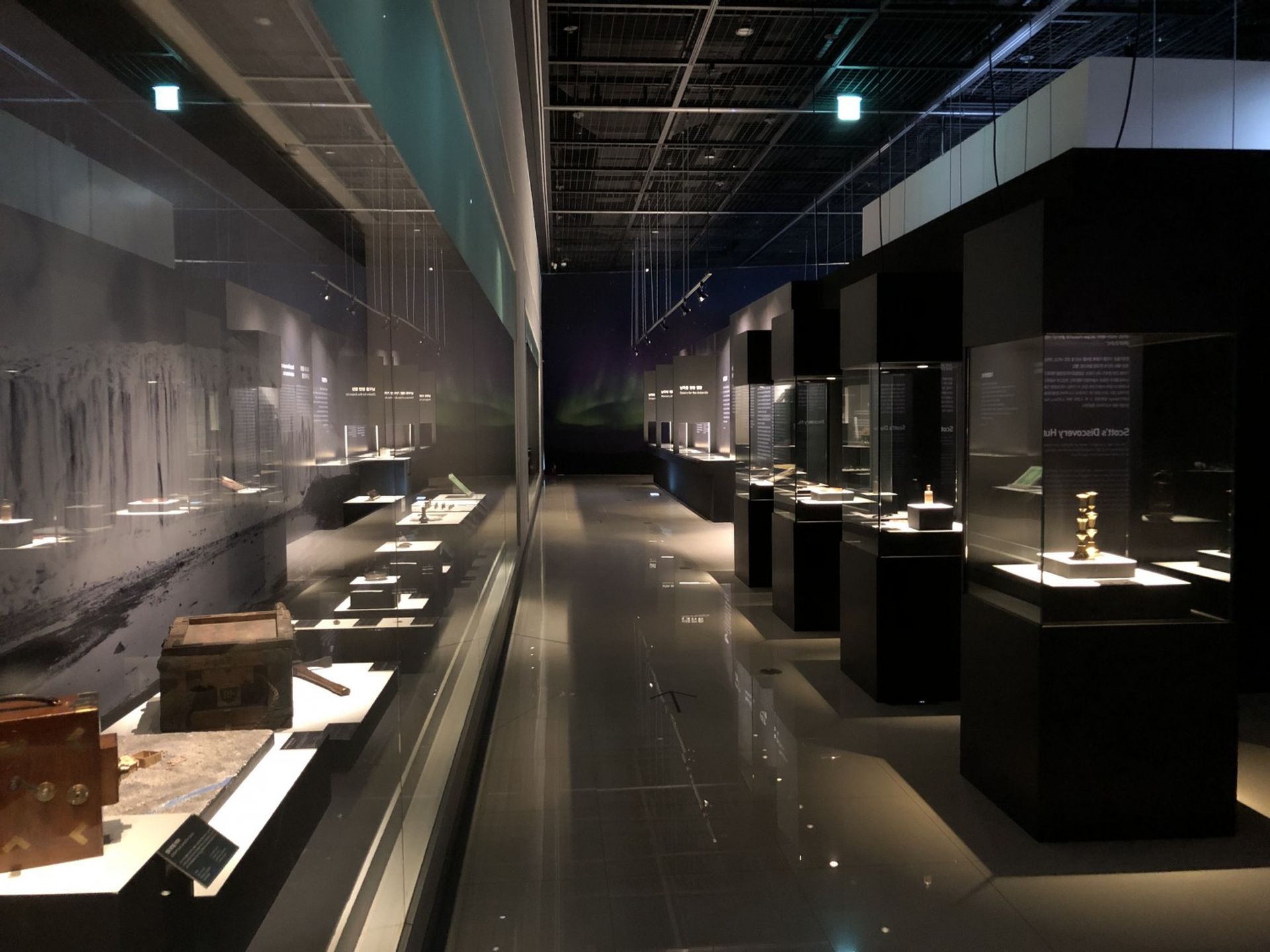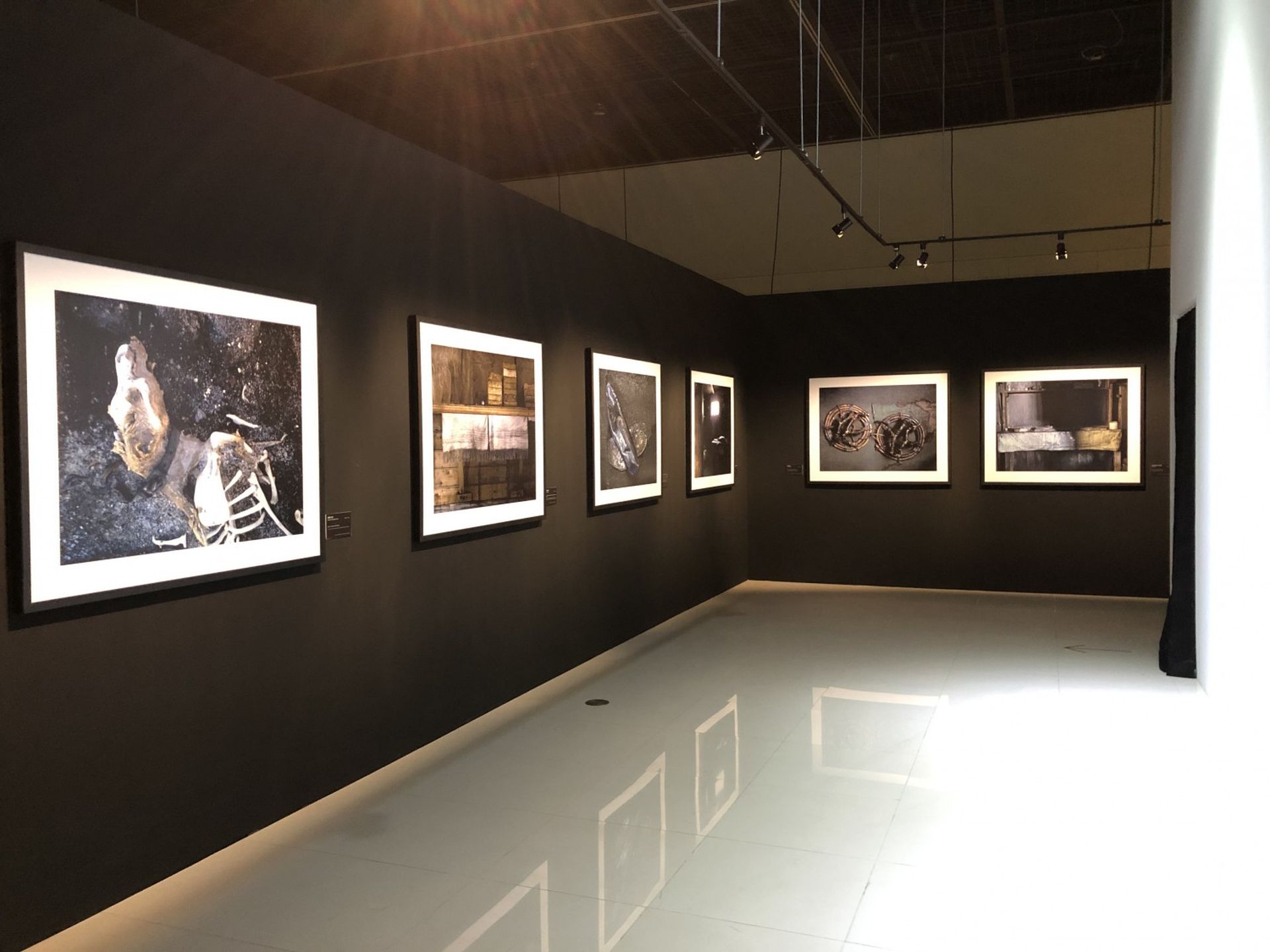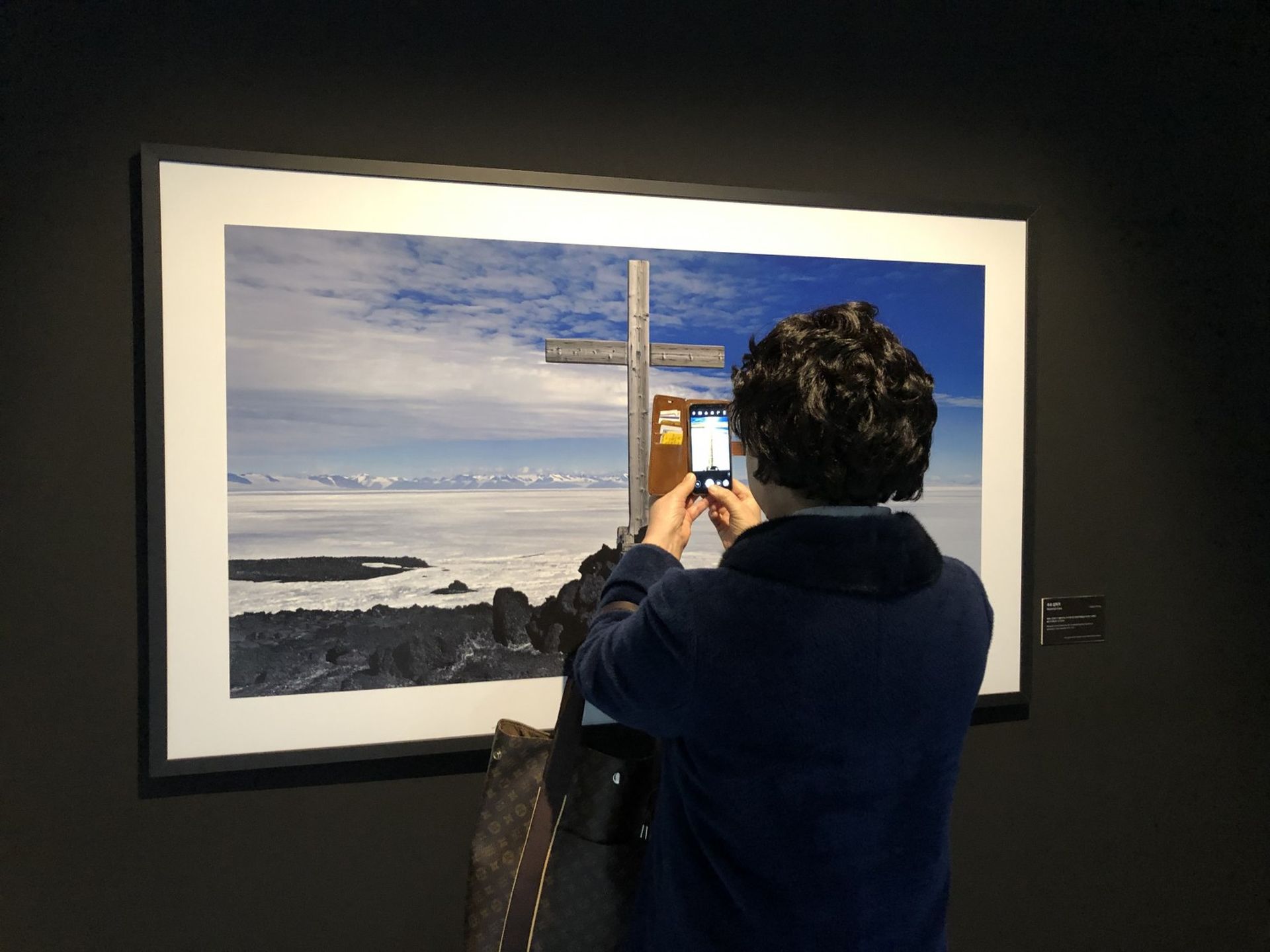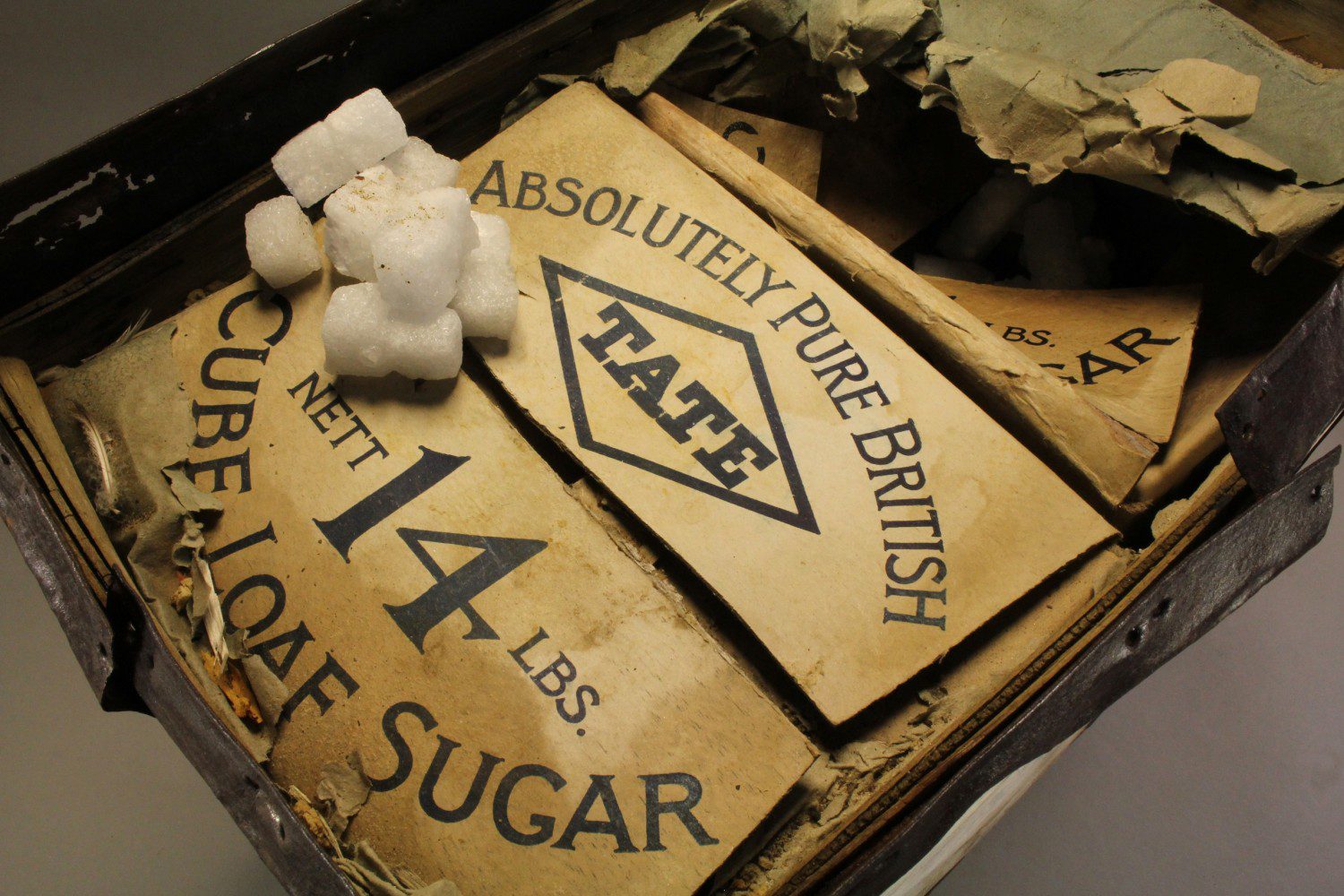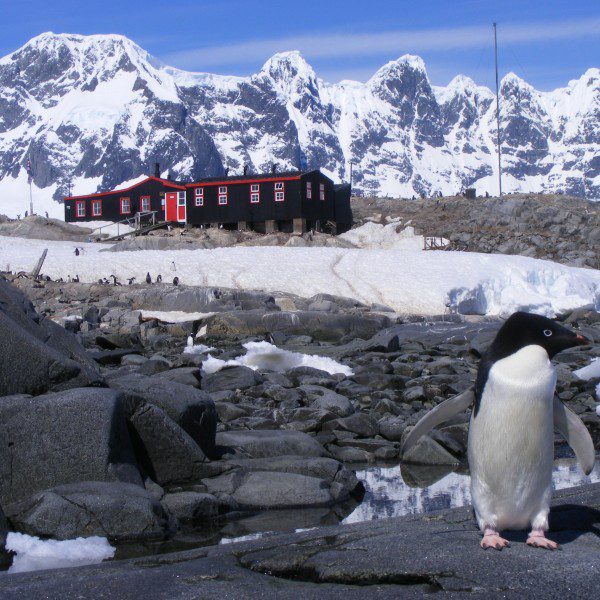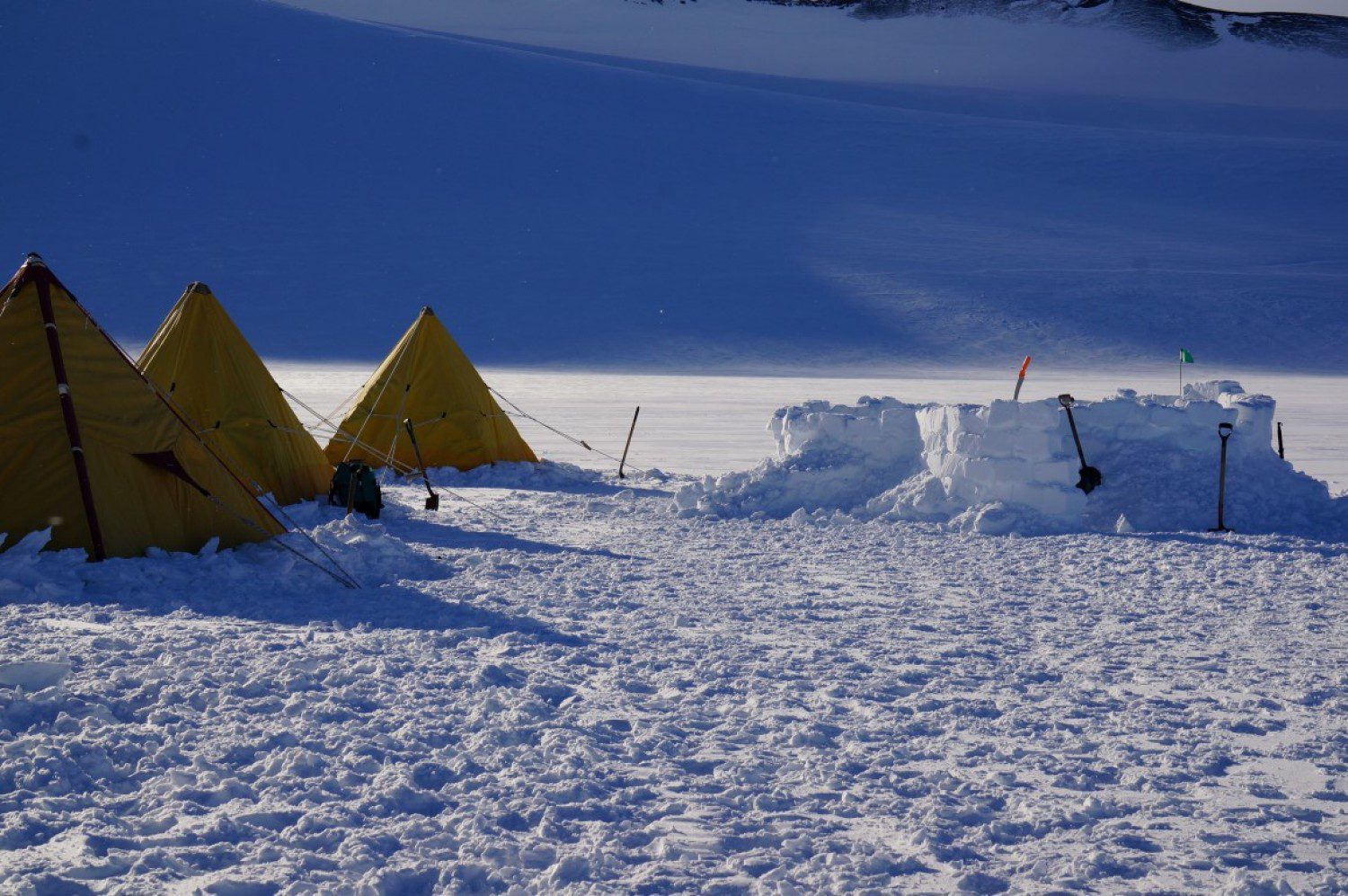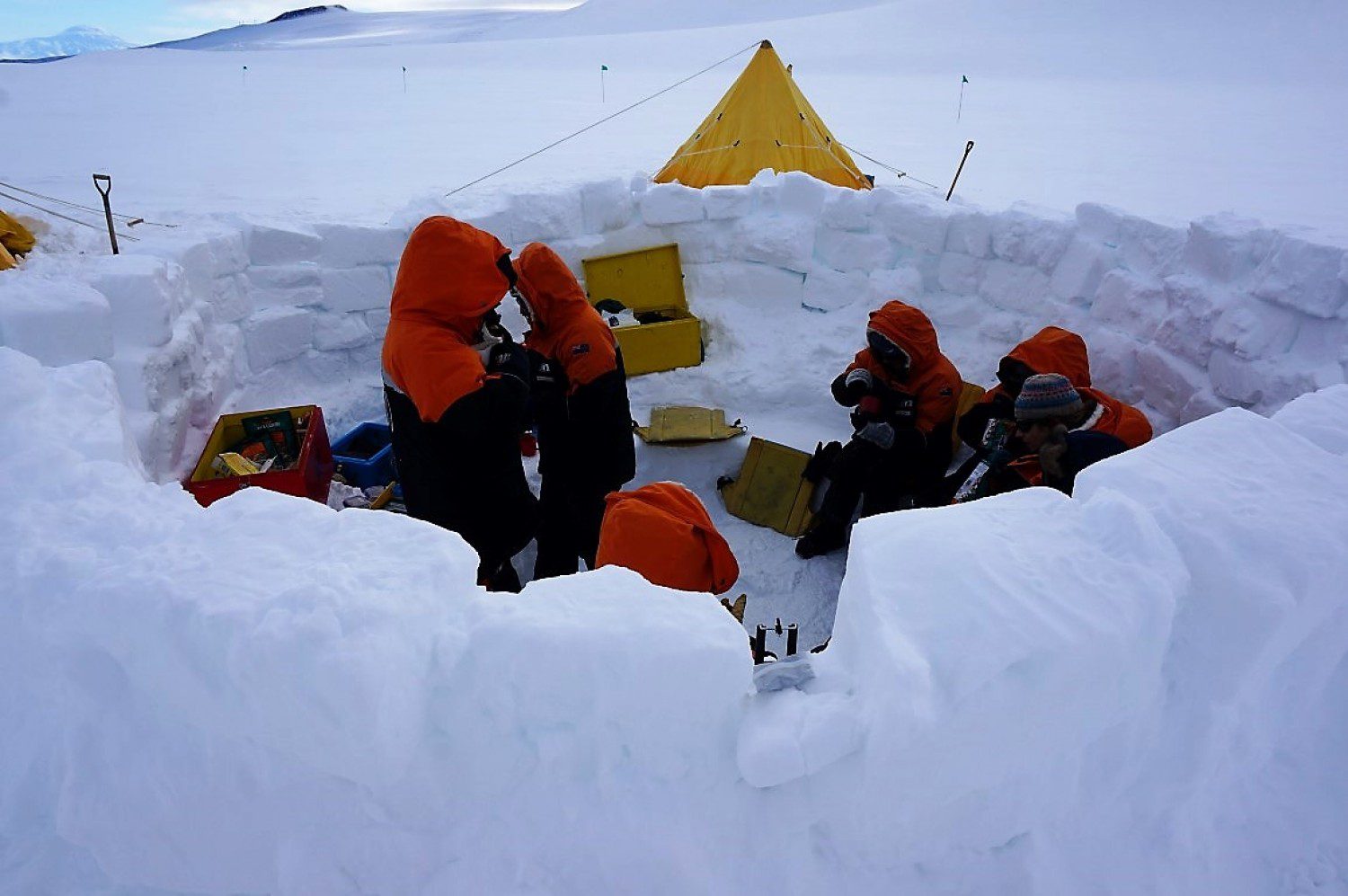A film documenting a gruelling New Zealand Arctic expedition.
Watch ‘In Nansen’s Footsteps’ here.
‘In Nansen’s Footsteps’ follows young Antipodeans as they ski 560 kilometres to cross the Greenland icecap towing 60 kilogram sleds.
Inspiring Explorers’ Expedition 2018
In Nansen’s Footsteps premiered at the prestigious New York The Explorers Club Polar Film Festival on the evening of 24 January 2019.
The Explorers Club is a 114-year-old global network of explorers. Its famed membership has included Sir Edmund Hillary, Tensing Norgay, Neil Armstrong, Buzz Aldrin and Roald Amundsen.
In Nansen’s Footsteps was made as part of the Antarctic Heritage Trust’s third Inspiring Explorers’ Expedition. The film was shot and directed by Australia’s Keith Parsons. He was one of four young people selected for the Antarctic Heritage Trust’s 2018 Inspiring Explorers’ Expedition, along with well-known Kiwis Brando Yelavich and Hollie Woodhouse and fellow Australian Bridget Kruger. Belmont Productions in Christchurch produced the film.
Keith says having the film premiere at such the prestigious Explorers’ Club is an honour and reward for the enormous challenges he faced in making it.
“This was a difficult project. The adventure was unfolding in real time, there were no second takes, no setups … it was all action. I constantly battled to keep the batteries warm and charged and the gear frost-free. It was an unforgettable experience though and I think the film has an authenticity borne out of those limitations.”
Led by Trust Executive Director Nigel Watson and guided by Ousland Explorers master guide Bengt Rotmo, the expedition was in part supported by Australasian outdoors company Kathmandu. The expedition honoured Fridtjof Nansen. A Norwegian polar explorer and Nobel Peace Prize winner, Nansen completed the first crossing of Greenland in 1888.
Nigel Watson says the film captures the highs and lows of the 28-day journey.
“There were times of utter elation with breath-taking sights, but also some very challenging periods including storms and significant snowfall.”
As well as numerous storms, the team pushed on through illness and fatigue … even developing a taste for the pounds of butter they had to eat to maintain their energy levels.
“We had to dig deep (literally at times!) to get through this journey, but it helped deliver on the Antarctic Heritage Trust’s goal of Inspiring Explorers.”
The film includes some incredible drone footage which captures the beauty of an area few viewers are likely to travel to.
“We hope people around the world will see this film, be inspired by Nansen’s story and take the opportunity to get out and explore this amazing world we live in.”
![]()
![]()

